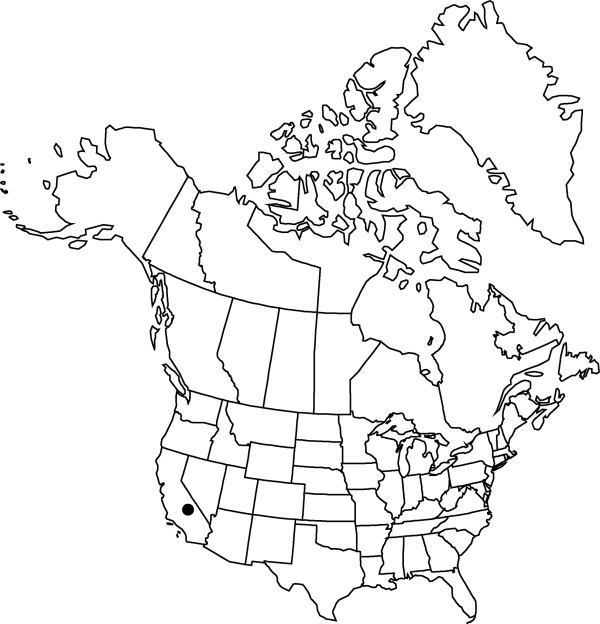Difference between revisions of "Abronia alpina"
Bot. Gaz. 27: 456. 1899.
FNA>Volume Importer |
FNA>Volume Importer |
||
| Line 47: | Line 47: | ||
|publication year=1899 | |publication year=1899 | ||
|special status= | |special status= | ||
| − | |source xml=https://jpend@bitbucket.org/aafc-mbb/fna-data-curation.git/src/ | + | |source xml=https://jpend@bitbucket.org/aafc-mbb/fna-data-curation.git/src/8f726806613d60c220dc4493de13607dd3150896/coarse_grained_fna_xml/V4/V4_144.xml |
|genus=Abronia | |genus=Abronia | ||
|species=Abronia alpina | |species=Abronia alpina | ||
Revision as of 17:26, 18 September 2019
Plants perennial. Stems prostrate, well branched, forming small mats, elongate, viscid-pubescent. Leaves: petiole 1–2 cm; blade orbiculate-oval, 0.4–1 × 0.3–0.5 cm, margins entire, plane, surfaces glandular-pubescent. Inflorescences: peduncle shorter than subtending petiole; bracts lanceolate to ovate, 2–3 × 1–2 mm, papery, glandular-pubescent; flowers 1–5. Perianth: tube whitish, 10–18 mm, limb white to lavender-pink, 6–8 mm diam. Fruits narrowly obovate in profile, 3–4 × 2–3 mm, thin, coriaceous, apex broadly conic; wings absent or 5-angled.
Phenology: Flowering summer.
Habitat: Sandy soils, alpine meadows
Elevation: 2600-3000 m
Discussion
Of conservation concern.
Selected References
None.
Lower Taxa
None.
